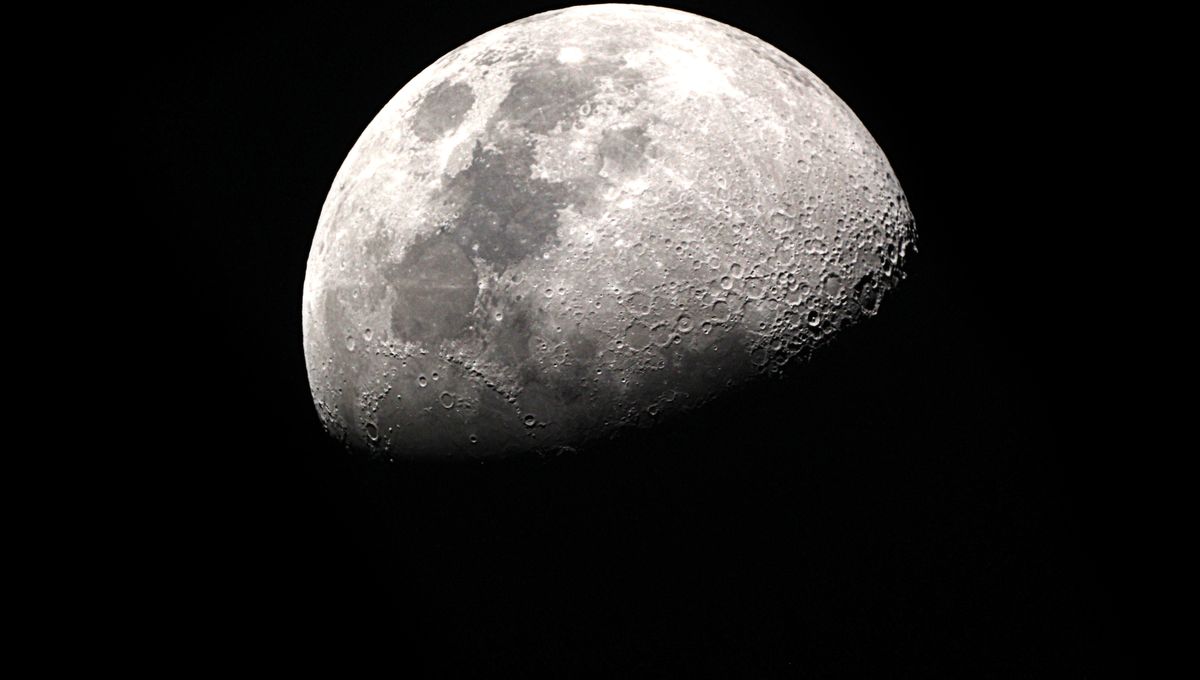
The Moon has no flowing water, but has plenty of the substance trapped in minerals and even ice. Most of it is created by the effect of the solar wind, the stream of charged particles that comes from the Sun. Hydrogen ions in the solar wind slam into the lunar soil and interact with oxygen to make water. This is the main formation mechanism found by scientists, but it might not be the only one.
Among the alternative sources proposed are the high-energy electrons that can get trapped in the bands of radiation around our planet. The Earth’s magnetic field protects us and is shaped by the action of the solar wind, and our Moon temporarily shares with us a region called the magnetotail. This is the region of the magnetic field opposite the Sun. It is shaped like the wake of a ship and contains high-energy electrons and ions from Earth and the solar wind.
The Moon goes around the Earth every month and it spends about 27 percent of its journey within the magnetotail. The magnetic field in there is such that it is shielded from 99 percent of the solar wind. That period interested a team from the University of Hawai’i at Mānoa.
“This provides a natural laboratory for studying the formation processes of lunar surface water,” lead author Shuai Li said in a statement. “When the moon is outside of the magnetotail, the lunar surface is bombarded with solar wind. Inside the magnetotail, there are almost no solar wind protons and water formation was expected to drop to nearly zero.”
The team used data from India’s Chandrayaan-1 mission across 2008 and 2009. They saw that when the moon entered and exited the magnetotail there was an uptick in water formation, confirming the importance of the solar wind. But being shielded by the solar wind did not mean that water stopped forming. Other processes were also at work.
“To my surprise, the remote sensing observations showed that the water formation in Earth’s magnetotail is almost identical to the time when the moon was outside of the Earth’s magnetotail,” said Li. “This indicates that, in the magnetotail, there may be additional formation processes or new sources of water not directly associated with the implantation of solar wind protons. In particular, radiation by high energy electrons exhibits similar effects as the solar wind protons.”
“Altogether, this finding and my previous findings of rusty lunar poles indicate that the mother Earth is strongly tied with its moon in many unrecognized aspects,” concluded Li.
The research is published in the journal Nature Astronomy.
Source Link: Earthly Electrons Could Be Generating Water On The Moon